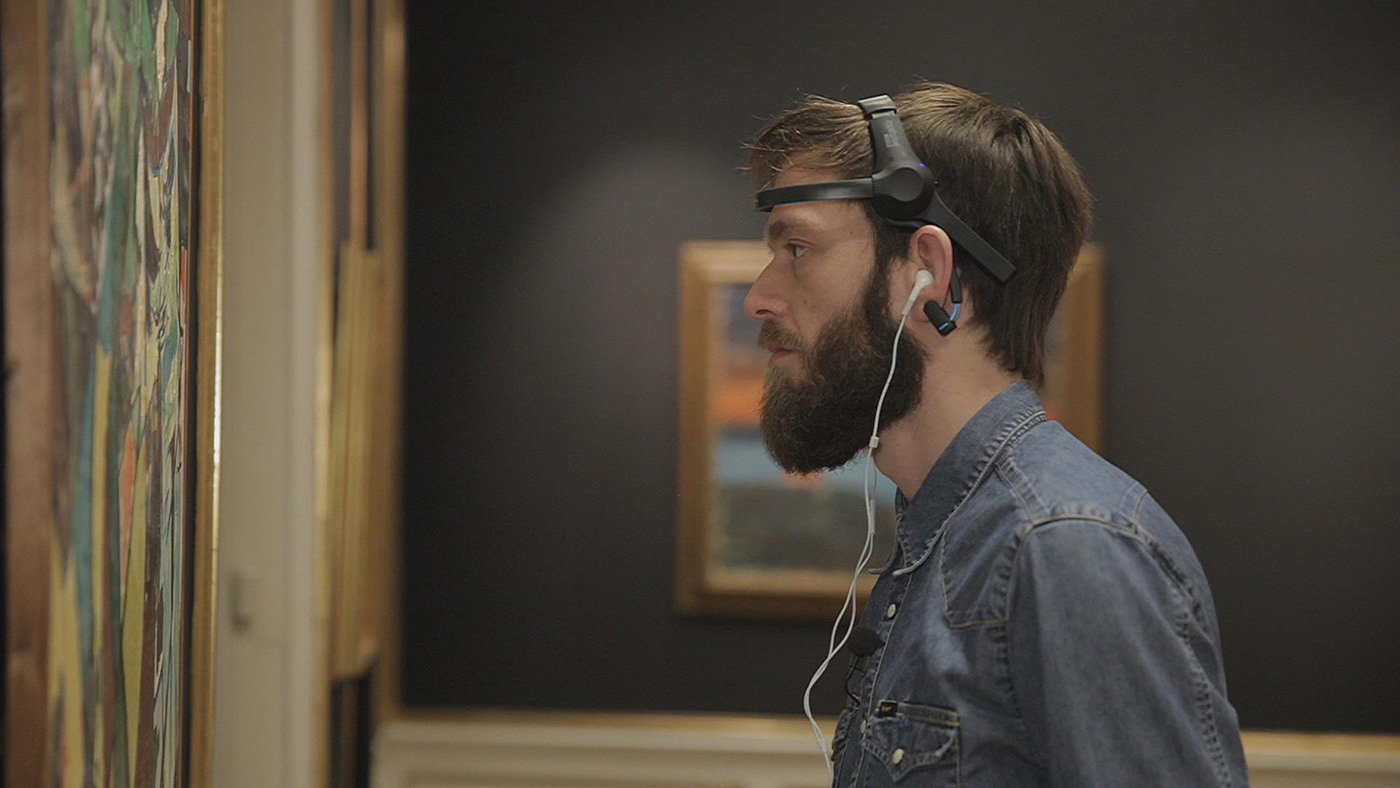
Acclair is a design research collaboration between Eyal Fried & Luther Thie, who met at the Interaction Design Institute Ivrea, Italy. Acclair has been developing “neuro-aware” environments since 2004, its first iteration being a speculative design installation using a fake brain-scanning prop to convince users their brains were being scanned while going through a highly invasive airport security clearance. As technology improved and EEG systems started to become available on the consumer market, Acclair adopted the Neurosky system and created its first truly neuro-aware environment at the Vanabbe Museum in 2009, this time tailoring the concept as an art valuation service and providing real brain data visualization and analysis using the Neurosky algorithm. Subsequent installations improved the system which now includes a proprietary algorithm, mind data visualizations, and an interactive app enabling QR codes to “log-in” to each artwork. Its last installation was in 2013 at Bruun Rasmussen Auctioneers in Copenhagen for inclusion in a documentary by the Danish Broadcasting Company.
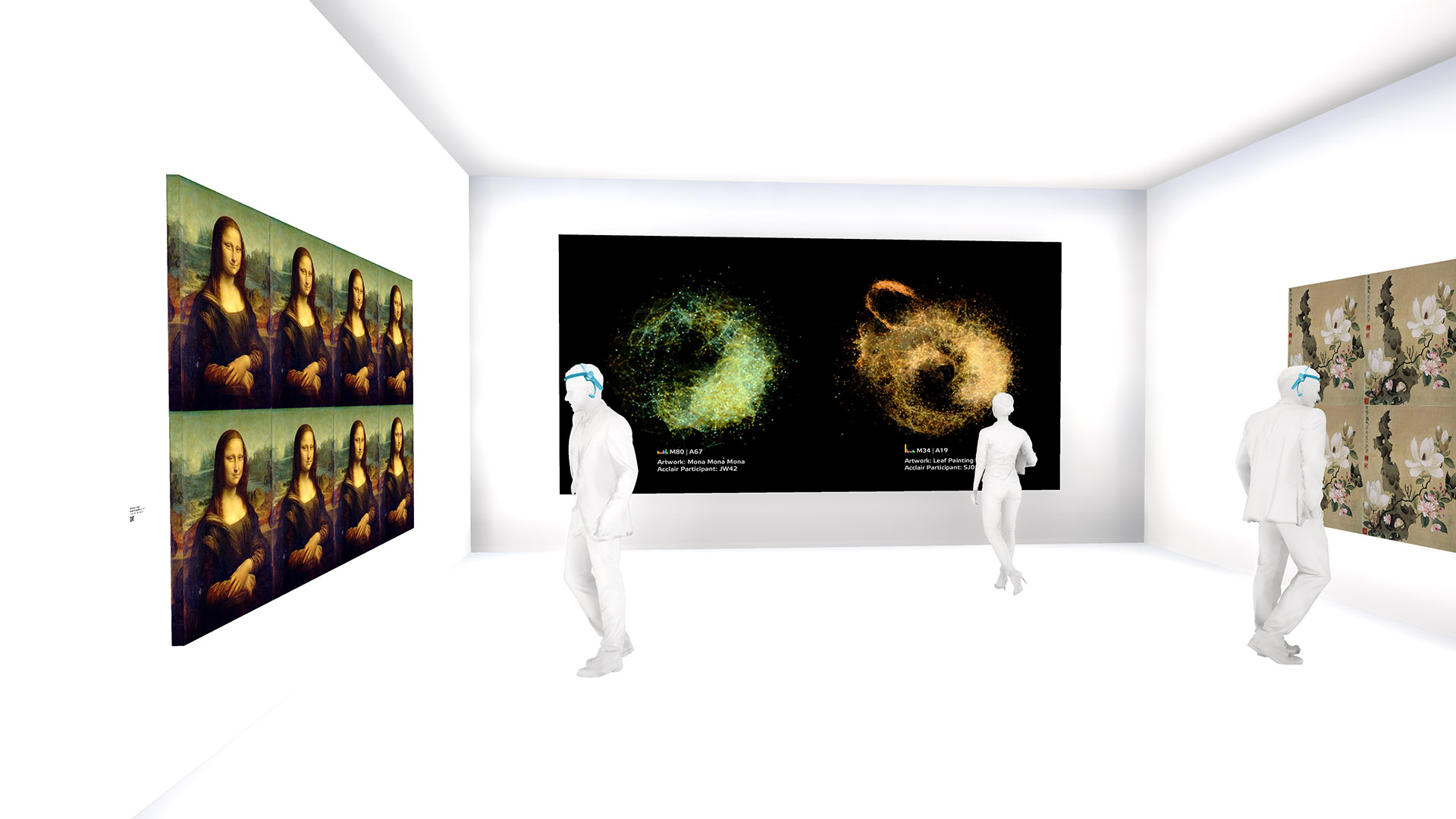
Instead of market value, Acclair proposes neuro-value: an alternative to the art market system of dealers, collectors, curators, critics, art fairs, and auction houses. The Art Mind Assessment bypasses the contemporary art scene circuit, instead focusing on intrinsic qualities of art including beauty, mastery, meaning, uniqueness and relevance. Using this tool will assist curators in better understanding their clientele and bypass the art market valuation system to better serve the community with more relevant and engaging experiences.
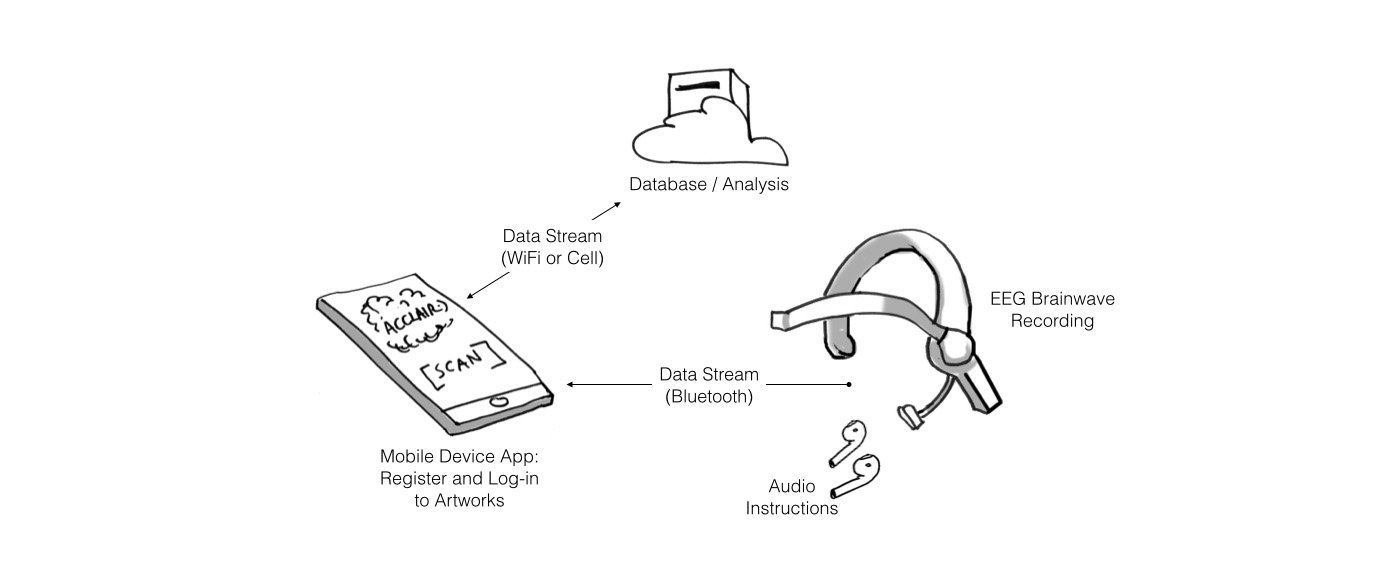
Acclair’s Art Mind Assessment is a service for museum personnel to better understand audience reactions to art. It measures individual’s brain responses (EEG) while exposed to art and analyzes these responses to determine the degree of cognitive and emotional perception of the artifact—it’s “neuro-value” as distinct from market value. While the participant engages an artwork, a live visualization of their mind is projected for bystanders to view, offering a fascinating window into the participant-artwork engagement.
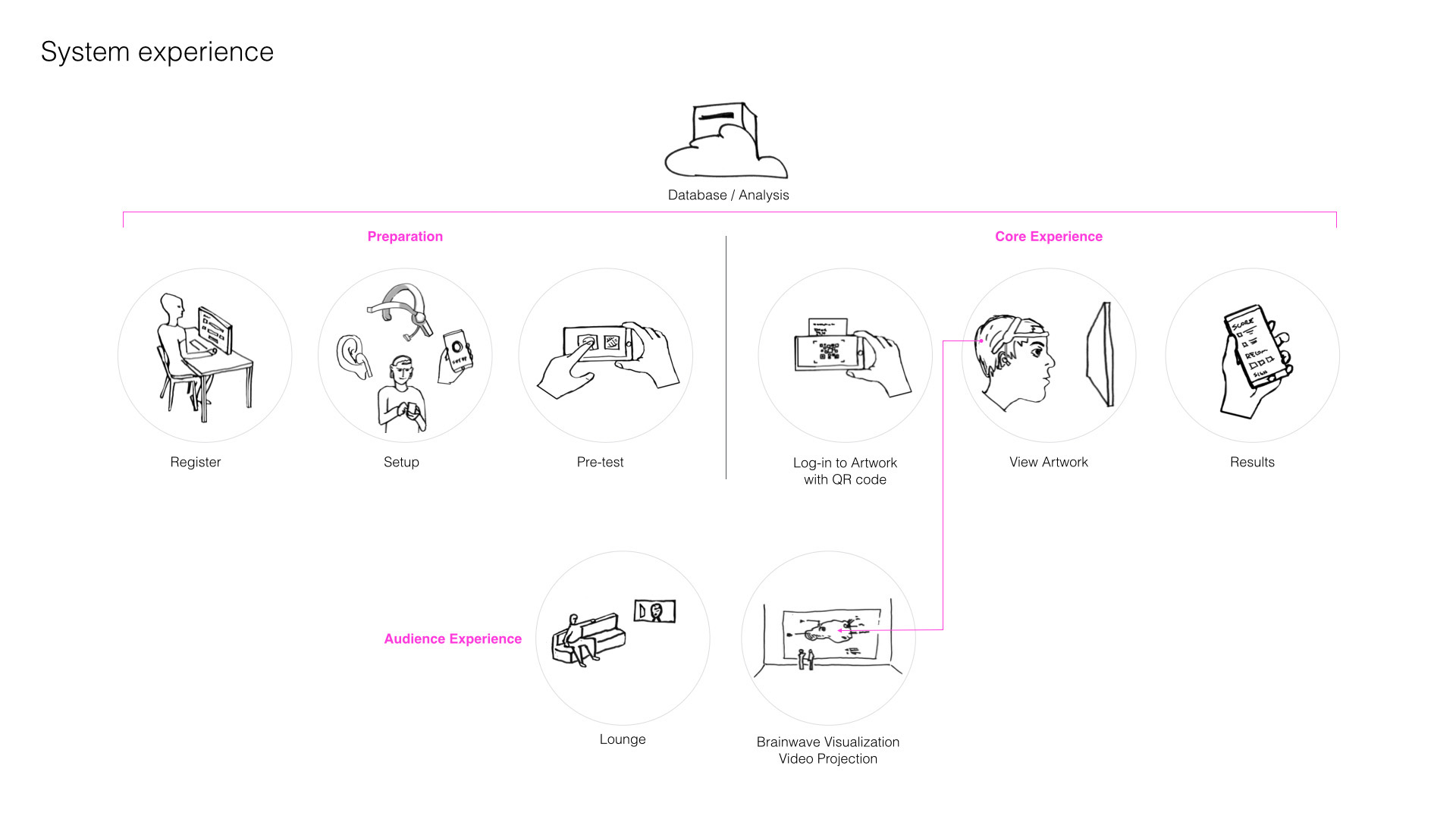
By measuring and analyzing viewers’ responses to individual artworks, the system determines objective values based on scientific methodologies drawn from cognitive science. The detailed results report is customized based on collected audience brain patterns and a living database serves as a growing educational tool. The results will grow more relevant over time as the user base increases and the algorithm learns to better identify what makes an artwork engaging. Museums will score points with their audiences as exhibitions become better tailored to what the people want.
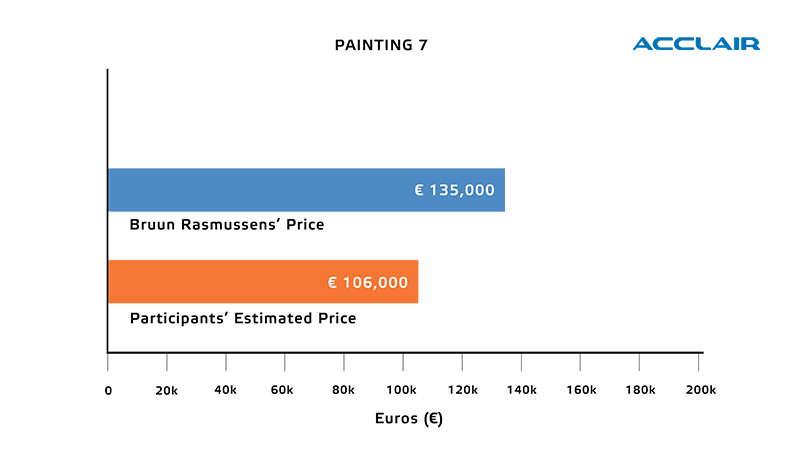
This process adds a dynamic, democratic alternative criteria to the contemporary art valuation practice, essentially creating a measurable appreciation scale. Empiric reports generated for the museum will serve as a resource for curators in understanding their audience while the museum-goer will be actively engaged with the artwork. Unique insights into their preferences serve as triggers for a recommendation engine for other potentially enjoyable art experiences. The museum customer will not only be better served, but also help shape future exhibitions as part of a cycle of learning and application of these learnings for the community.
This project investigates ideas of art interpretation, control, alternatives to art market valuation and appropriate uses of technology. From an artistic perspective, we create art installations that facilitate increased concentration toward the artwork while the user ponders both the art and the technological system they are involved in. From a critical perspective, we pose questions as to the viability of machine learning and interpretation of art and an ethical aspect of both legitimacy and appropriateness. Is it a neuro-aware environment or is it a hoax? This question points to much identity authorization and surveillance technology now infiltrating our societies and how we easily believe what is happening within the “black box” due to the seductive and official-seeming nature of graphical screens, buttons and sound effects.

Acclair has developed a unique research approach to explore complex relationships between scientific rigor, personal technology consumption and human behavior in everyday situations. We call this methodology “Experience as Experiment”. Acclair designs fascinating, engaging, provocative experiences that captivate people’s imagination and “lure” them into participation, i.e., experimentation. This format has proven to feature distinct advantages: it allows for a large number of “subjects” to test the system in quasi-controlled space and in a relatively short time span, allows for flexibility in the background story-telling and use of various media, and most importantly, primes attendees to trying new experiences. Unlike trying a new device or service in other environments, exhibition-goers approach the experience with both decreased anxiety and increased curiosity, which contributes to useful user feedback.
Acclair proposes a neuro-aware system that incorporates a variety of emerging technologies: mobile dry electrode electroencephalograph (EEG) sensors, deep neural network pattern recognition to analyze user’s perception of art and data visualization of the user’s brain. The art exhibition environment serves as an advantageous test context to apply these technologies seamlessly with willing actors available in a fairly constant stream who want to view art and also are fascinated with knowing what their brain can tell them. Inspired by Demis Hassabis of Google’s DeepMind artificial intelligence venture, we propose to build an art-observer interaction system to enable a neural network to recognize patterns that have never before been determined.
We have already created the structure of the system and tested it in a museum, multi-media festival and auction house with positive reactions. We have designed and developed an iOS app, integrating QR codes to log-in to artworks, basic analysis of brain-data and a database to store and analyze the data, and created data visualizations for live projection device. Participants are excited to help further this work and are eager to learn more about themselves. As artificial intelligence becomes enmeshed in our day-to-day lives, the art context reveals opportunities to explore human understanding and meaning in relation to creativity.
Acclair’s speculative design methods engage the public directly to feel the consequences of the proposed product. We invite critical engagement with the art establishment around topics of art valuation and interpretation but also find that direct user experience triggers dialogue around topics of artificial intelligence and emergence. This context has wide implications both for the art world and technology. How comfortable are arts professionals ceding some of their valuation and meaning-making power to a computer-enabled interpretation and valuation system? Can we use the art context to evolve artificial intelligence and machine learning?
Our project holds promise for audiences to explore these questions and could lead to connections and understandings never before realized. We are on the cusp of massive knowledge being unleashed through neural networks and the interconnection of machines and humans that will propel the next phase in ideas and humanity.
The Acclair approach is like a science experiment that subjects gladly participate in in order to better understand themselves and appreciate art. Questions are asked about why a certain individual loves a painting and hates another. Dialogues are created around topics of brainwave similarity and disparity as well as critical aspects of invasion of privacy and efficacy of methods and interpretations, but the overall approach opens up the arena for debate by allowing users to directly experience the situation and decide for themselves.

